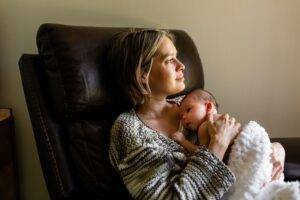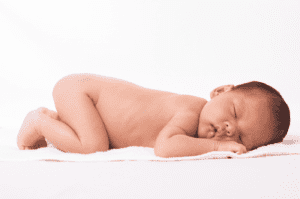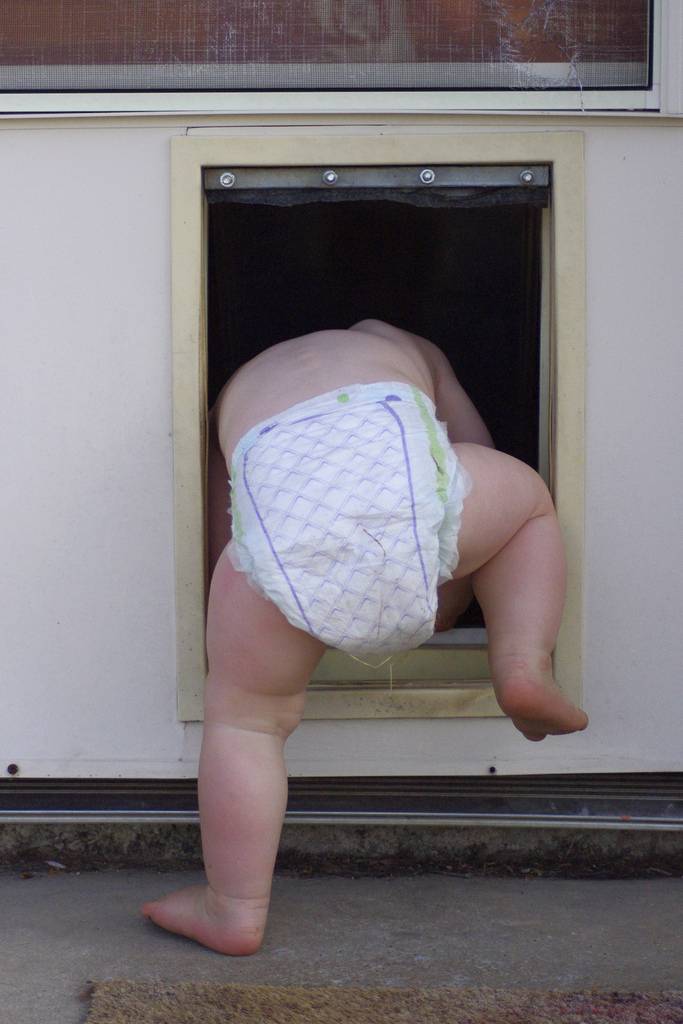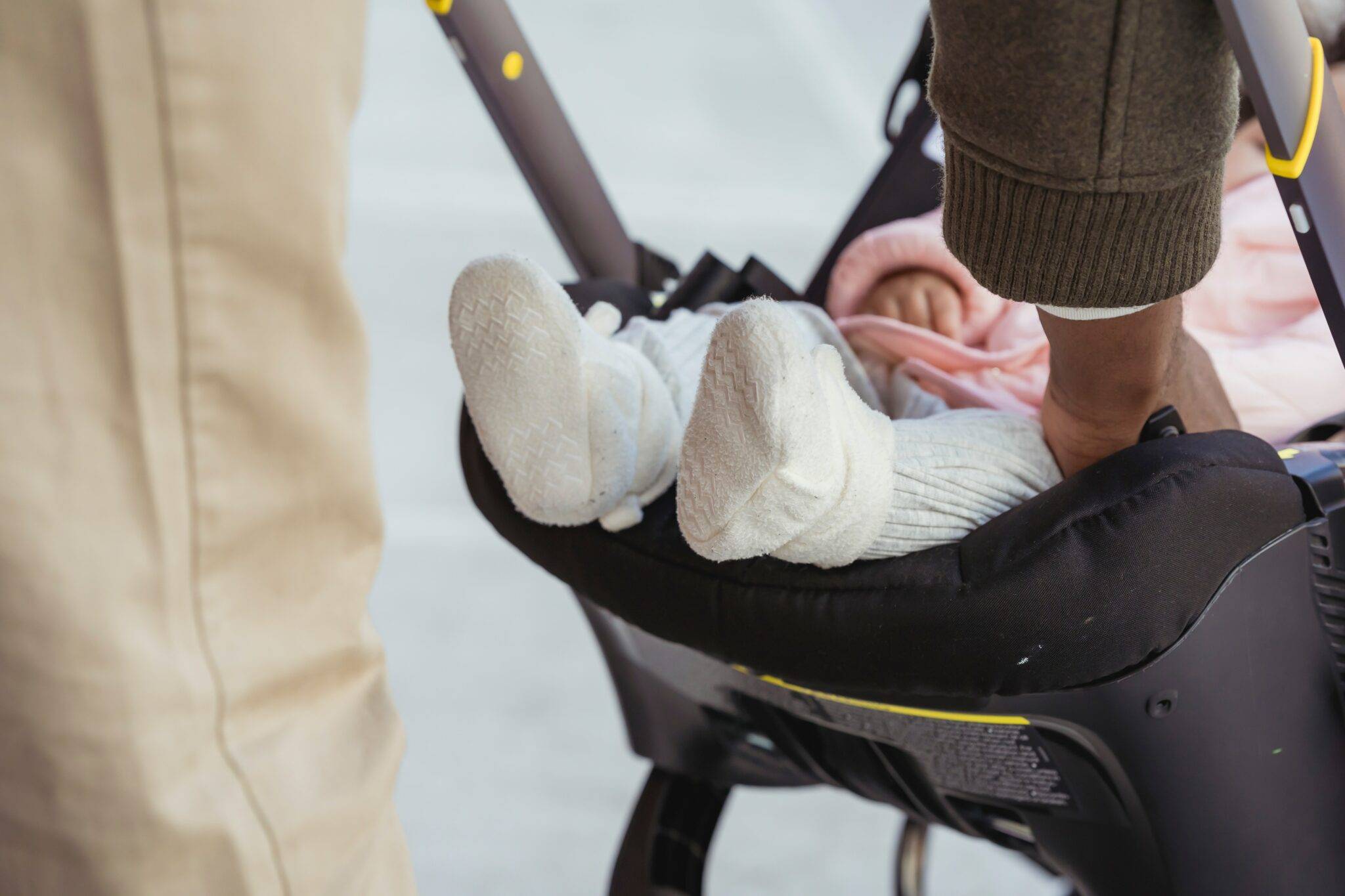Ensuring that your baby has a safe sleeping environment is one of the most crucial responsibilities of new parents. The sleep space you create for your infant can significantly impact their health and well-being.
While it might seem like a simple task, there are numerous factors to consider to protect your baby from potential hazards during sleep. This blog will guide you through the essential steps to create a comfortable and safe sleep environment for your little one.
Understanding the Risks
Sudden Infant Death Syndrome (SIDS) and other sleep-related infant deaths are devastating experiences that no parent would like to encounter. Understanding the risks associated with unsafe sleeping practices is vital for prevention.
SIDS and Its Leading Causes
SIDS is the unexplained death of an otherwise healthy infant, typically during sleep, and usually occurring within the first year of life. Despite extensive research, the exact cause of this remains unknown.
However, several factors have been identified that may increase the risk. These include brain abnormalities, low birth weight, respiratory infections, and environmental factors such as sleep position and a safe sleep environment.
Babies who sleep on their stomachs or sides are at a higher risk of SIDS because these positions can lead to airway obstruction or rebreathing of exhaled carbon dioxide.
Other Sleep-Related Dangers
Besides SIDS, there are other sleep-related dangers that parents need to be aware of, including suffocation and strangulation. Suffocation occurs if a baby’s face becomes pressed against a soft surface like a pillow, blanket, or plush toy, leading to an inability to breathe.
Strangulation hazards can arise from crib bumpers, loose bedding, or cords from window blinds and curtains. Ensure the sleep environment is free from these hazards.
Statistics on Infant Sleep-Related Deaths
Despite the decline in SIDS rates over the past decades, it remains a leading cause of death among infants under one year old. By implementing safe sleep practices, you can reduce the risk and ensure your baby sleeps soundly and safely.
The statistics surrounding infant sleep-related deaths highlight the critical importance of safe sleeping practices. According to the Centers for Disease Control and Prevention (CDC), about 3,500 sleep-related deaths occur each year among infants.
1. Choose the Right Sleep Surface
The right sleep surface is fundamental to creating a safe sleep environment. Getting the correct sleep surface for your baby may not be a hard task for parents.
Firm and Flat Mattresses for Infants
These are specially designed for infants. These types provide support by keeping your baby’s airway open and reducing the risk of suffocation. Soft mattresses, on the other hand, conform to the shape of your baby’s head and face, leading to potential airway obstruction.
Dangers of Soft Surfaces
Soft surfaces like couches, armchairs, and adult beds pose significant dangers to sleeping infants, especially the younger ones. These surfaces can easily create pockets where the baby’s face can become trapped, leading to suffocation.
Also, adult beds often contain soft bedding, pillows, and blankets that increase the risk of suffocation and strangulation. The uneven and cushioned nature of couches and armchairs can also cause a baby to roll into unsafe positions, further elevating the risk.
Tips for Selecting a Safe Crib, Bassinet, or Play Yard
An excellent starting point for creating a safe sleep environment for your baby is to choose a crib, bassinet, or play yard that meets current safety standards. Here are some tips to help you make the right choice:
1. Check for Certification
The Juvenile Products Manufacturers Association (JPMA) and the Consumer Product Safety Commission (CPSC) are the organizations that certify that the products have passed rigorous safety tests and meet safety standards.
2. Sturdy Construction
Look for a sleep space that is well-built and free of sharp edges or protruding surfaces. The structure should be stable, not wobbling. or tip over easily.
3. Firm Mattress Fit with Adjustable Height
The mattress fits tightly within the crib, bassinet, or play yard. There should be no more than two fingers’ width between the edge of the mattress and the side of the crib to prevent the baby from getting stuck
Many cribs offer adjustable mattress heights. Set the mattress to the highest position for newborns and lower it as your baby grows and becomes more mobile to prevent falls.
4. Slat Spacing for Cribs, Mesh Sides for Bassinets, and Play Yards
For cribs, the slats are no more than 2 3/8 inches apart. Wider slats can pose a risk of entrapment. If choosing a bassinet or play yard, choose those with mesh sides for better airflow and visibility. This helps prevent overheating and allows you to keep an eye on your baby.
2. Safe Sleep Position
How you position your baby for sleep is critical. Understanding and consistently applying this safe sleep practice can make a significant difference in your baby’s safety.
Back Sleeping is Important
Placing your baby on their back for every sleep—both at night and during naps—is one of the most crucial steps in reducing the risk of SIDS. Research has shown that babies who sleep on their backs are significantly less likely to experience SIDS.
The back sleeping position is the safest. It helps keep the airway clear and reduces the risk of rebreathing carbon dioxide, which can occur when a baby sleeps with their face very close to a mattress or other bedding.
Side and Stomach Sleeping Should be Avoided
1. Airway Obstruction
When a baby sleeps on their stomach, the risk of suffocation increases because the mattress or bedding can block their airway. Stomach sleeping can cause the baby to rebreathe exhaled air, which is low in oxygen.
2. Positional Asphyxia
This occurs when a baby’s position prevents them from breathing adequately. Babies sleeping on their sides can easily roll onto their stomachs, increasing the risk of suffocation and positional asphyxia.
3. Increased Pressure on the Jaw and Nose
Stomach sleeping can put pressure on the baby’s jaw and nose, potentially obstructing their breathing passages.
Tips to Ensure the Baby Sleeps on Their Back
1. Consistent Routine
Make back sleeping a consistent part of your baby’s sleep routine from the start. This helps the baby get used to this position and reduces the likelihood of rolling onto their stomach.
2. Firm Mattress and Sleep Sacks
Use a firm and flat mattress with a fitted sheet to minimize the risk of rolling and to provide stable support. Use a sleep sack instead of loose blankets that help prevent the baby from rolling over and keep them warm without the risk of suffocation.
3. Avoid Sleep Positioners
Avoid using sleep positioners or wedges designed to keep babies in one position. These products pose suffocation risks and hinder a safe sleep.
4. Tummy Time
Provide plenty of supervised tummy time when the baby is awake. This strengthens the baby’s neck, shoulder, and arm muscles, which help them return to their back if they roll over during sleep.
3. Appropriate Bedding and Clothing
Avoid Loose Bedding, Pillows, and Soft Toys
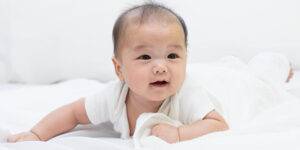
These items pose significant risks, such as suffocation and strangulation. Loose blankets cover a baby’s face and obstruct their breathing, while pillows and soft toys create hazardous conditions by pressing against the baby’s airway.
For safe sleep, the crib should be kept as bare as possible, with only a firm mattress and a fitted sheet specifically designed for the crib’s dimensions.
Use Sleep Sacks or Wearable Blankets
Instead of traditional blankets, which can easily become loose and cover the baby’s face, opt for sleep sacks or wearable blankets. These products provide warmth and comfort without the risk associated with loose bedding.
Sleep sacks are designed to fit snugly around the baby’s torso while leaving their legs free to move, ensuring they remain securely covered throughout the night for safe sleep.
Wearable blankets come in various sizes and materials, suitable for different temperatures and seasons, and help maintain a consistent level of warmth without overheating.
4. Appropriate Room Temperature and Clothing
For safe sleep, maintaining the right room temperature and dressing your baby appropriately for sleep are essential for their comfort. Overheating has been linked to an increased risk of SIDS, so it’s important to keep the sleep environment cool and comfortable.
1. Room Temperature
The ideal room temperature for a baby’s sleep environment is between 68-72°F (20-22°C). This range helps ensure the baby stays warm enough without overheating. Use a room thermometer to monitor and maintain this temperature.
2. Layering
Dress your baby in light layers that can be easily adjusted according to the room temperature. The rule of thumb is one more layer than you would wear to be comfortable in the same environment. For example, a onesie and sleep sack are fine.
3. Breathable Fabrics
Choose clothing made from breathable fabrics like cotton, which helps regulate the body temperature. Avoid synthetic materials that can trap heat and cause overheating.
4. Monitoring for Overheating
Signs of overheating include sweating, damp hair, flushed cheeks, heat rash, and rapid breathing. If you notice any of these signs, remove a layer of clothing or adjust the room temperature to a cooler setting.
5. Keep the Head Uncovered
Babies lose heat through their heads, so it’s important to leave their heads uncovered while they sleep. Avoid using hats or head coverings, as these can contribute to overheating and increase the risk of suffocation.
Give Your Baby a Safe, Restful, and Healthy Sleep
Ensuring your baby’s safe sleep environment is one of the most critical steps you can take to protect their health and well-being. Consistency and vigilance in maintaining a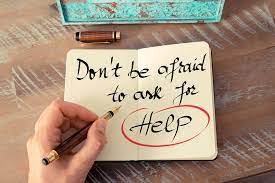 safe sleep environment are key to their safety.
safe sleep environment are key to their safety.
We at Omega Pediatrics encourage parents and caregivers to stay informed and proactive about their baby’s sleep safety. We are your experienced and competent provider to enlighten and provide guidance on this important topic.
We at Omega Pediatrics ensure you, as parents, are providing a safe sleep environment possible. By taking the steps presented above, you’re helping to ensure that your baby enjoys safe, restful, and healthy sleep.

